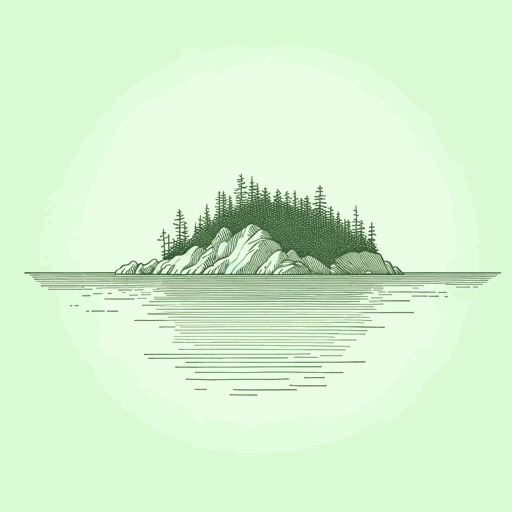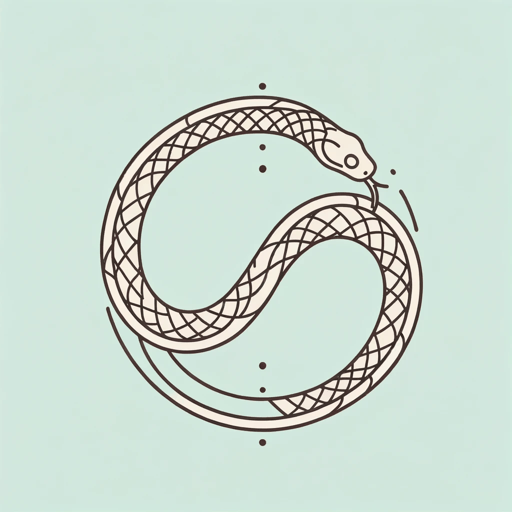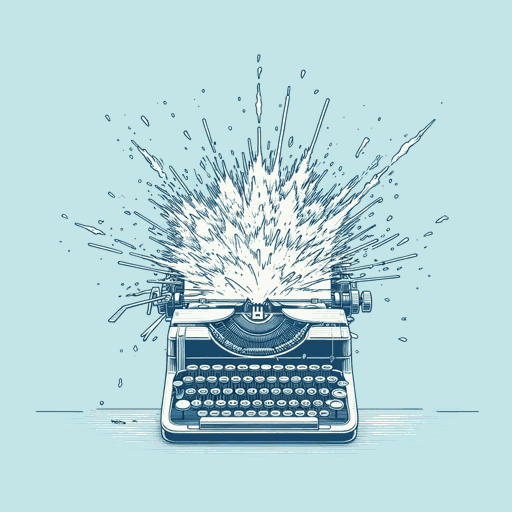28 pages • 56 minutes read
Annie DillardTotal Eclipse
Nonfiction | Essay / Speech | Adult | Published in 1982A modern alternative to SparkNotes and CliffsNotes, SuperSummary offers high-quality Study Guides with detailed chapter summaries and analysis of major themes, characters, and more.
Literary Devices
Contrast
Dillard employs contrast to create the emotional and philosophical tone of her narrative. As the eclipse juxtaposes day and night, Dillard juxtaposes the familiar with the unfamiliar, her and her husband’s respective emotional responses, the extraordinary spectacle of the eclipse with the mundanity of ordinary life, and the short nature of human existence with the vastness of the cosmos. Throughout the contrast in scenarios, she also contrasts the human search for meaning in life with the cosmic indifference of nature. Another point of contrast is the reaction of humans and nonhumans to the eclipse: From silent birds to closing flowers, she demonstrates nature’s instinctual reactions and their detachment from human emotions or interpretations.
Imagery
In “Total Eclipse,” Dillard uses visual imagery to convey details regarding both setting and tone. She frequently describes changes in light, color, behavior, and the environment, as well as the people in it. The eclipse itself is primarily portrayed through the imagery of the stark contrast between darkness and light, and the alterations in colors, which result in the appearance of distinct shapes and sizes due to the darkness; this not only serves to help readers grasp her
Related Titles
By Annie Dillard







